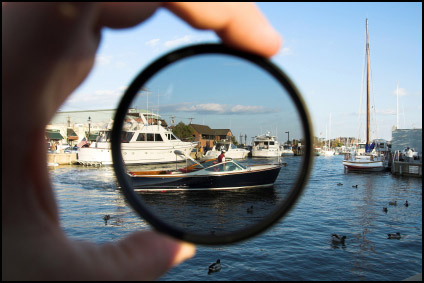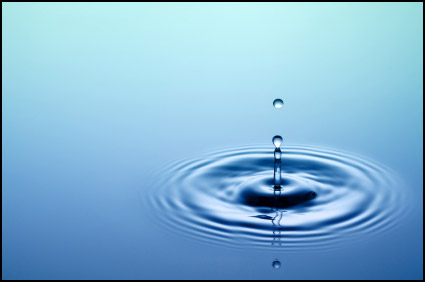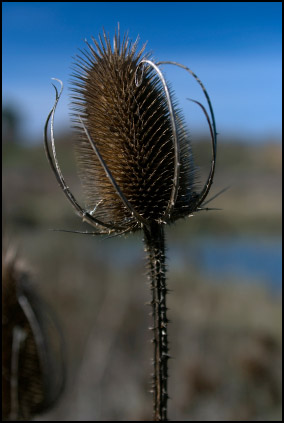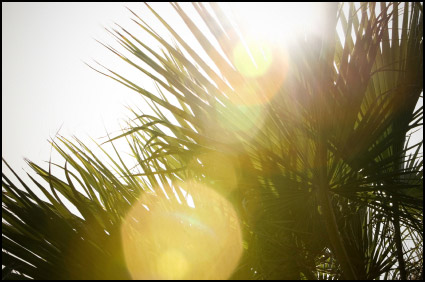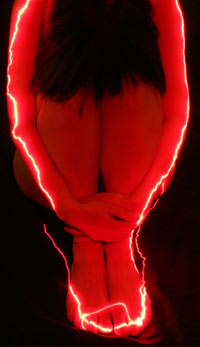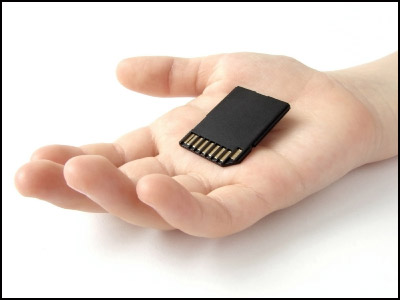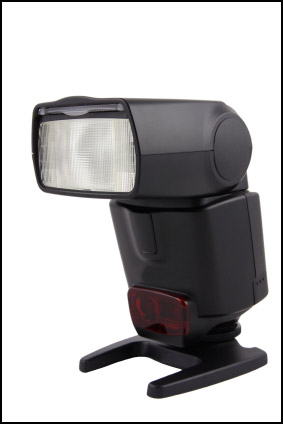We easily acquire tips to photograph flowers, people, and still life. Yet one subject that often doesn’t have clear cut tips and directions is photographing tattoos. This subject is art in itself, and to effectively shoot this piece requires not only patience and an eye for composition, but also tips from people that have already done it.
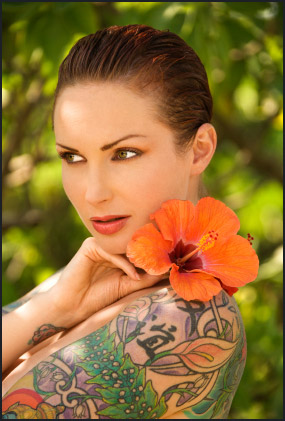
Tip one: Do not use a tripod unless you have a specific effect (e.g blur) in mind. It is likely going to limit your moving around and will take extra time to set up for each shot.
Tip two: If possible, shoot outside if you’re new to the game, or use great window light, it’s so much easier. Pay attention to clutter and distractions though. Be aware of what’s in the frame, what’s out of the frame, and make decisions on what to include or chop.
Tip Three:‚ Easier light to handle might be around sunset time or on a cloudy day with diffused light. A reflector like white cardboard can help if needed.
Tip Four: If you already know how to work with flash and/or are comfortable with your technique, feel free to shoot in a tattoo shop if you get the permission. You’ll likely get cool effects if you try slower shutter speeds on their own and/or mixed with flash.
You can find loads of fine tattoo photography in the gallery at vanishingtatoo.com

